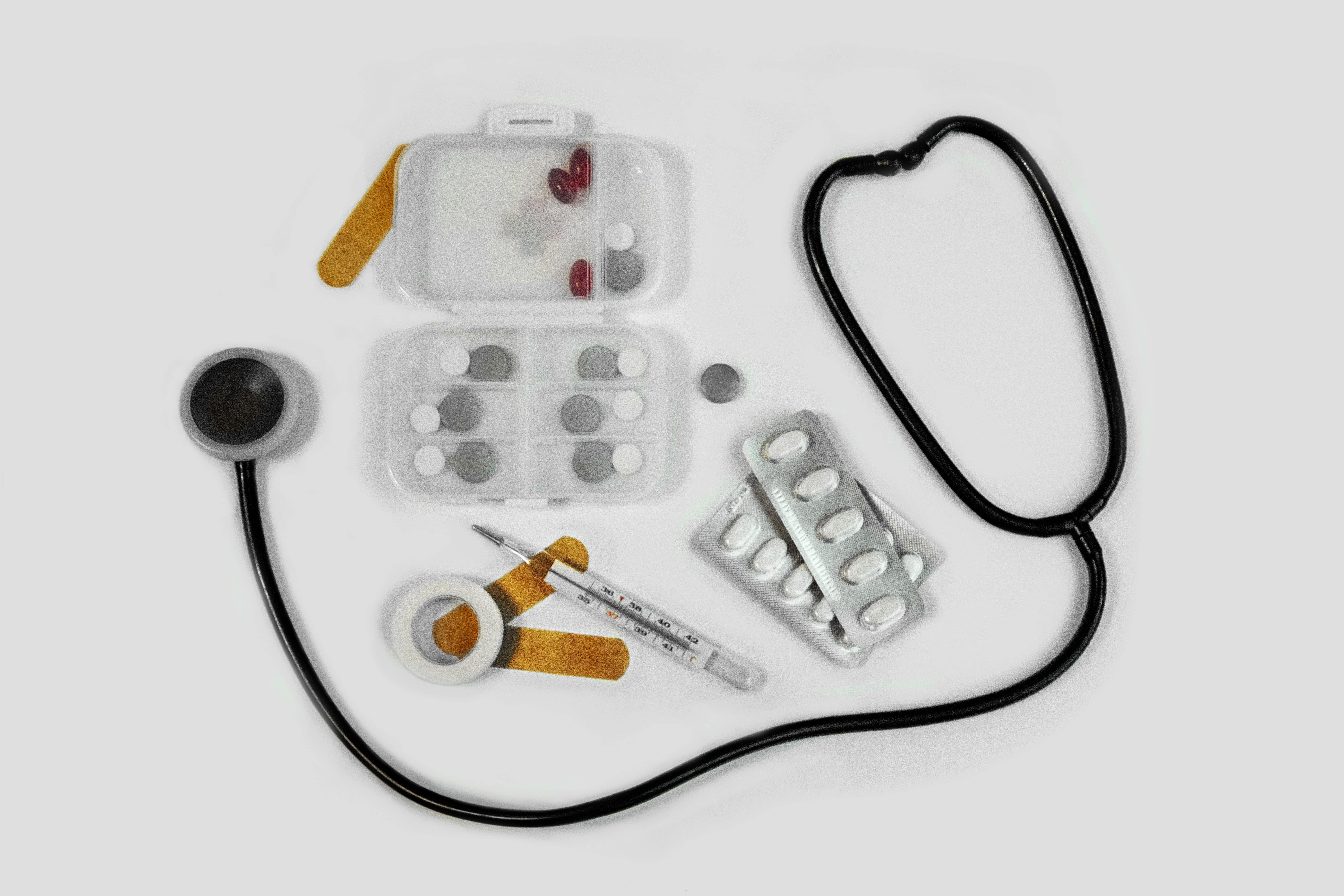First Aid Kit Essentials: Your Comprehensive Guide to Safety and Preparedness
Introduction:
Accidents and emergencies can happen at any time, whether at home, on the road, or during outdoor activities. Being prepared with a well-equipped first aid kit is essential to provide immediate care and assistance in the event of injuries or sudden medical situations. In this blog, we will explore the key components of a first aid kit and the importance of having one readily available.
The Foundation: Choosing the Right Container
A sturdy and portable container is the foundation of an effective first aid kit. Opt for a box, bag, or container that is easy to carry and keeps the contents organized and protected. Ensure it has a secure closure to prevent items from spilling out.
Basic Supplies: Addressing Minor Injuries
Every first aid kit should include essential supplies to manage minor injuries such as cuts, scrapes, and burns. Items like adhesive bandages, gauze pads, adhesive tape, antiseptic wipes, and burn cream are essential for cleaning and dressing wounds.
Medications: Providing Relief and Support
Over-the-counter medications can be crucial in providing relief from common ailments and discomforts. Include pain relievers like acetaminophen or ibuprofen, antihistamines for allergies, and antacids for digestive issues. It's essential to check expiration dates regularly and replace them as needed.
Personal Protective Equipment (PPE): Staying Safe While Helping Others
In today's context, having personal protective equipment in your first aid kit is crucial. Include disposable gloves, face masks, and hand sanitizer to protect both the responder and the injured person from potential infections.
Emergency Tools: Versatility in Critical Situations
Certain tools are invaluable in emergencies. Your first aid kit should contain scissors, tweezers, and a thermometer. These tools can assist in wound care, removing splinters, and monitoring body temperature.
Special Considerations: Tailoring the Kit to Your Needs
Consider the specific needs of your family or group when assembling a first aid kit. If someone has allergies or medical conditions requiring specific medications, be sure to include them in the kit. Additionally, if you have pets, you may want to include basic pet first aid supplies.
First Aid Manual: Knowledge at Your Fingertips
In today's context, having personal protective equipment in your first aid kit is crucial. Include disposable gloves, face masks, and hand sanitizer to protect both the responder and the injured person from potential infections.
Regular Maintenance: Keeping Your Kit Up-to-Date
Periodically check your first aid kit to ensure all items are in good condition and within their expiration dates. Restock any items that are used or expired promptly.
Conclusion:
A well-prepared first aid kit is a critical tool for ensuring the safety and well-being of yourself and others during emergencies. From minor injuries to more significant medical situations, having the right supplies on hand can make all the difference. Take the time to assemble and maintain your first aid kit, tailoring it to your specific needs and activities. Being equipped with the essentials and knowledge will empower you to respond effectively and confidently in times of crisis, providing comfort and potentially even saving lives. Remember, safety and preparedness start with a well-stocked first aid kit.
